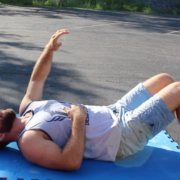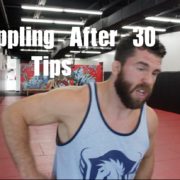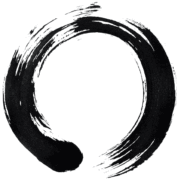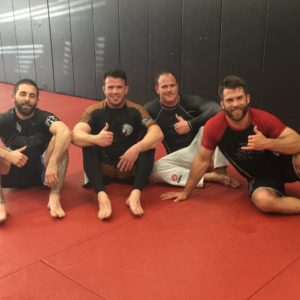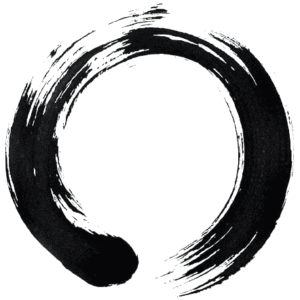Simple Grip To Rear Naked Choke A Muscular Person
Simple Grip To Rear Naked Choke A Muscular Person
Getting a rear naked choke on a muscular person can be really difficult at times. Large shoulder and trap muscles, a thick neck and big chest create obstacles for our hands to work through in search of the rear naked choke.
In this video I show a chin strap grip that I like to use to get the choke from back mount. Most people already know the forearm across the face and lifting up to get the choke, and it works very well.
But, as we all know, in Brazilian Jiu-jitsu there is more than one way to get the job done. This grip variation is a perfect example of that. It’s also not a very common one so it will give you the chance to have a trick up your sleeve if you use it correctly.
Why I Started Using The Chin Strap Grip
I originally started using this chin strap grip to get the rear naked choke when I was rolling with a big blue belt meat head who weight 260-270+.
He was rolling really rough with some of the smaller guys in class and my instructor asked me to roll with him to get him away from the smaller guys. I was a purple belt at the time.
When we started rolling he was going on and on about how he couldn’t be choke from his back. So it struck a chord with me and I was bound and determined to get the rear naked choke on him.
During the roll I was initially frustrated with trying to get the choke. When I would pry across the face with my forearm he would either just force his neck down or grab my hands. And when I tried to slide my hand under his neck. His muscles acted as a wall that got in my way.
But I still had the back position.
Eventually things clicked and my palm ended up on the bottom of his chin. He couldn’t remove the grip and I was able to make just enough space to slide in the rear naked choke.
Afterwards we continued to roll and I used the same grip technique 5 times, over and over, to hit the rear naked choke.
It was one of those moments where you realize that if you mentally commit and go all in to do something on the mat in Brazilian Jiu-jitsu. Your body will find a way to make it happen.
I hope this technique is useful for you!
-Chewy
—————–
Free Drilling and Training Ebook
http://www.Facebook.com/Chewjitsu
http://www.instagram.com/Chewjitsu
http://www.twitter.com/Chewjitsu
Snapchat: Chewjitsu
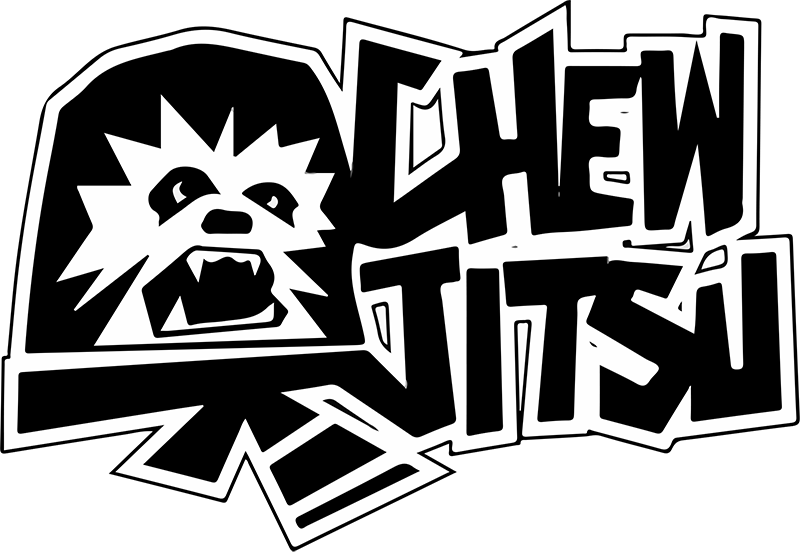
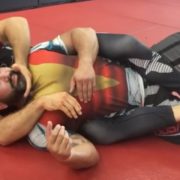
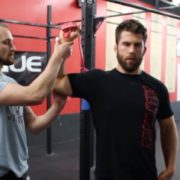
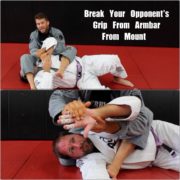
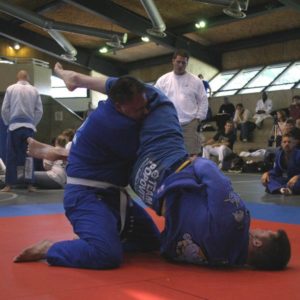 Whether they grip their gi or just grabbing a bicep. You just can’t seem to get rid of armbar defense they’ve put up. Then eventually during the fight they manage to make their way out of the armbar and get free.
Whether they grip their gi or just grabbing a bicep. You just can’t seem to get rid of armbar defense they’ve put up. Then eventually during the fight they manage to make their way out of the armbar and get free.
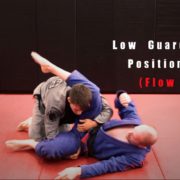
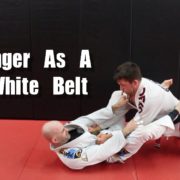
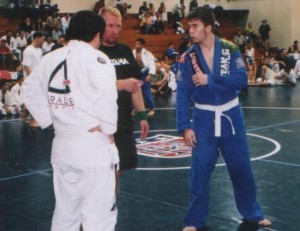

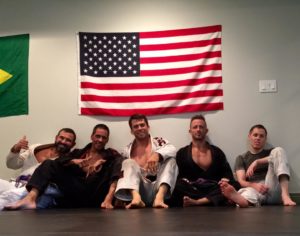 Are there advantages to drilling to both sides in BJJ? Should you drill to both sides in BJJ?
Are there advantages to drilling to both sides in BJJ? Should you drill to both sides in BJJ?